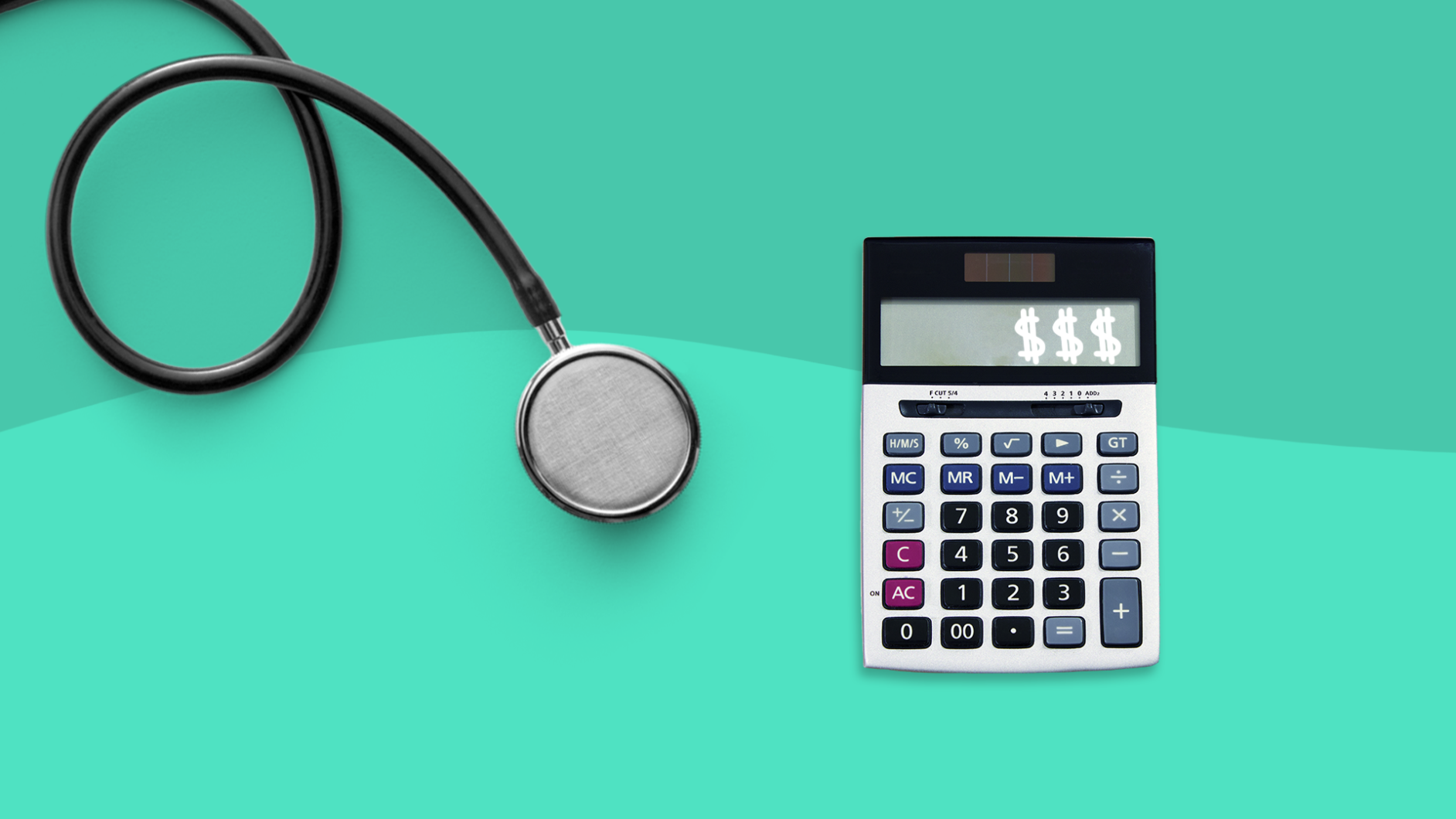Sometimes healthcare terms can seem like a whole different language. With words like copay, deductible, and out-of-pocket maximum being thrown around, how are you supposed to know what’s what? That’s where our Healthcare Defined series comes in. We break down terms so you can understand—and with understanding, comes better savings.
Choosing a healthcare plan? In addition to the monthly cost, or premium, it’s critical to understand what else you’ll be responsible for financially. A copay and a deductible help determine how much you’ll pay out of pocket; these costs can have a major impact on how financially feasible a particular plan is for your budget. Don’t know the difference between a copay vs deductible just yet? We’ve got you covered.
What is a copay?
Copays and deductibles are both types of cost-sharing—you’ll pay for a portion of your total healthcare costs, and your insurance company will typically cover the gap between what’s been billed and what you’ve paid.
A copay is your portion of the fee for a specific instance of care, whether it’s a doctor’s visit or a prescription. It’s usually a manageable amount and may even be spelled out on the back of your insurance card, such as $20 for a doctor’s visit or $10 for a prescription refill. Typically, the higher the monthly premium, or amount you pay for your plan, the lower the copay. For preventive care, such as a mammogram or a yearly physical, you may not have a copay at all. Copays will usually differ for primary care vs. specialty care in your insurance plan’s network, and for brand name vs. generic drugs.
What is a deductible?
Deductibles, on the other hand, are what you’re responsible for paying out of pocket before your insurance company’s coverage begins.
Once your annual deductible is met, your insurance company should begin covering most of your covered expenses, but sneaky costs related to coinsurance or coverage gaps may still pop up (more on that later).
Like copays, the higher your monthly premiums, the lower your deductible usually is, as you’re paying more money to your insurance company upfront. When choosing a healthcare plan, it’s important to note how much you’ll be expected to shell out—in addition to your monthly costs—before your insurance will pick up the rest of the tab.
“A lot of people have no idea what their deductibles are until they have an emergency,” says Rachel Trippett, MD, a family physician with the U.S. Public Health Service Indian Hospital in New Mexico. “That’s not the time you want to find out that you have a deductible you can’t afford.”
RELATED: 5 health services to do after you’ve met your deductible
How do copays and deductibles work together?
Sounds simple in theory, but how does this work in real life? Let’s break it down.
Each month, you pay a monthly premium; this is the fee simply to have health insurance. If you receive your health insurance through your employer, a portion of your premium may come out of your paycheck.
Now let’s say during the year, you end up breaking your ankle. You have an emergency room visit, along with a few trips to different types of doctors, to get back on your feet.
This is where your deductible becomes important. You’ll be required to hit your annual deductible—the amount you’ve paid out of pocket for any medical services that aren’t copays—before your insurance provider begins paying a higher percentage of your medical bills.
What is coinsurance?
But on most insurance plans, reaching your deductible doesn’t necessarily mean you’re in the clear for not having to pay anything. Instead, you may also have coinsurance fees. This is a percentage of your healthcare costs that you are required to contribute, until you reach your insurer’s annual out-of-pocket maximum. That’s the total amount you’ve paid throughout the year for all your medical costs, including copayments (but not including your monthly premium).
It’s only once you reach that maximum that your insurer is required to pay for 100% of your covered medical costs. Keep an eye on the calendar, too; policies are usually year-long, so your deductible responsibilities will reset on your annual insurance anniversary or on Jan. 1 if your deductible resets each calendar year.
In a nutshell, a deductible is the out-of-pocket amount you’re required to pay before your insurance starts paying anything for your health costs. Copays are separate, fixed fees that usually don’t count toward your deductible that you may be required to pay when you see a doctor or get a prescription filled. Once you’ve met your deductible, you’ll be paying less for your care, but may still be responsible for coinsurance, until you’ve reached your annual out-of-pocket maximum for the year.
Coinsurance vs. copay vs. deductible: How to avoid extra fees
One of the best ways to avoid unexpected insurance fees is by sticking to doctors and hospitals within your plan’s network. Your insurance has negotiated a lower price for these providers, which usually translates to lower bills and out-of-pocket expenses for you.
Another is by using a SingleCare prescription discount card for your prescriptions. Simply search for your medications and see how much you can save. It can really help if you have a plan without a prescription copay, but sometimes our price can even beat the copay price!











